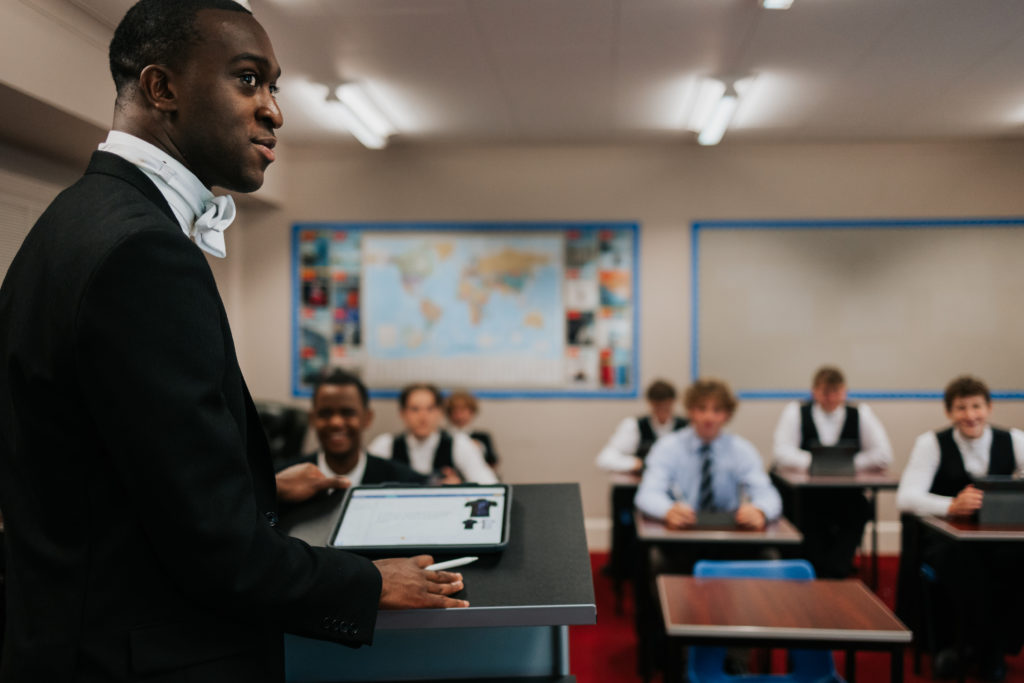According to a report by Smoothwall, 96% of teachers believe technology has had a positive impact in the way children participate and learn in lessons (Rogers, n.d). In addition to that, the former Secretary of State for Education, Damian Hinds, recognised that technology can be an effective tool to help reduce workload, increase efficiency, engage students and communities, and provide tools to support excellent teaching and raise student attainment.
Yet it is questionable whether it can replace the role of the teachers. Why is this so?
Technology makes independent learning easy through online courses, videos or apps. However, all of these need teachers to create them. Children need to learn to use computers to do online sessions that are taught by teachers. In addition, teachers provide more to students than just education; they are mentors, role models and instil key skills into children such as time management and communication. Human interactions and skills cannot be replaced by technology.
There are online platforms such as MOOCs (Massive Open Online Courses) or Coursera, which has over 45 million users. A verified certificate with them will cost between £40 and £100. Thus, MOOCs have the potential to compete with universities and have as much value as a university degree. Their price and convenience can make them appealing compared to attending university. So why haven’t MOOCs caused universities to disappear? The cost of going to university is (hopefully) offset by the fact that employers favour employees who have demonstrated commitment and effort towards something. Moreover, Lederman (2019) highlights the drop in how many people register to start these courses in the last couple of years. It can be argued that the lack of human interaction, the lack of collaboration with peers, which allows you to dig deeper into content or receive reassurance might be one of the reasons for this.
This is not to say that there are not many examples of technology changing the traditional classroom education of students for the better. Apps have become an ever more popular way of learning. By 2017, Quizlet had over 50 million monthly users and by 2018, Kahoot had over 70 million monthly active users. They can be very engaging tools to use in the classroom. Another example is how modern languages can be learnt in a number of ways utilising technology: through quizlet, podcasts, videos and most likely more ways in the near future.
Educational technology will very likely bring some of the most remarkable changes in the classroom. It is still early to assess the impact but it is worth mapping the journey.
References
Lederman, D. (2019). Why MOOCs Didn’t Work, in 3 Data Points Inside Higher Ed (online).
Rogers, C. (n.d). 96% of teachers say tech has a positive impact on education. Education Technology (online).



